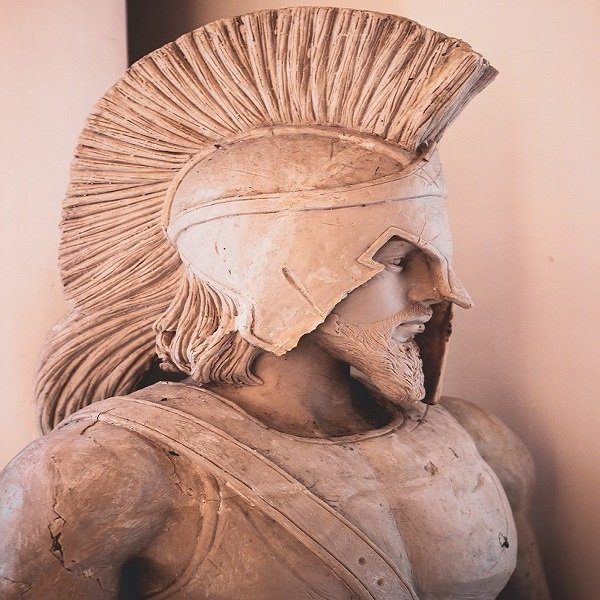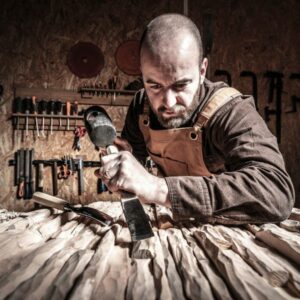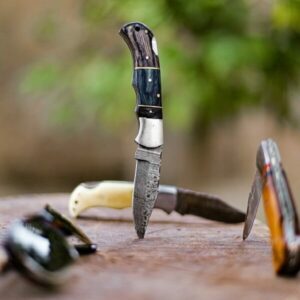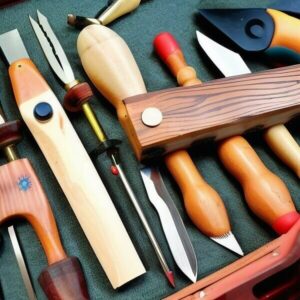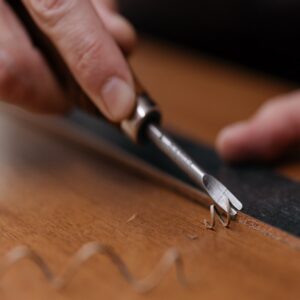Wooden sculptures are timeless works of art that add elegance and beauty to any space. Whether you’re a seasoned collector or an enthusiast looking to preserve a cherished piece, understanding how to prevent cracking in wooden sculptures is crucial. In this comprehensive guide, we will share valuable insights and expert tips to help you maintain the integrity of your wooden sculptures for years to come.
Understanding the Nature of Wood
Before delving into preventative measures, it’s essential to comprehend the fundamental properties of wood. Wood is a natural material that expands and contracts in response to changes in temperature and humidity. This inherent characteristic can cause stress on the sculpture’s structure, leading to cracks over time.
Optimal Environmental Conditions
Creating an environment conducive to preserving wooden sculptures is paramount. Consistent temperature and humidity levels are key to preventing cracking. Ideally, maintain a relative humidity of 40-50% and a temperature range of 68-72°F (20-22°C). Fluctuations beyond these ranges can cause the wood to expand or contract abruptly, increasing the likelihood of cracks.
Proper Display and Placement
When showcasing your wooden sculpture, thoughtful placement is crucial. Avoid exposing it to direct sunlight, as prolonged exposure can accelerate drying and cause the wood to shrink. Additionally, keep sculptures away from sources of heat or cold drafts, such as vents or windows. These temperature variations can disrupt the wood’s equilibrium, leading to stress and cracking.
Regular Dusting and Cleaning
Dust and debris can accumulate on the surface of a wooden sculpture, potentially causing long-term damage. Regular dusting with a soft, lint-free cloth is an effective preventive measure. Ensure that the cloth is slightly damp to avoid scratching the wood. Avoid using chemical cleaners, as they can strip away the sculpture’s protective finish and compromise its integrity.
Moisturizing the Wood
Wooden sculptures benefit from occasional moisturizing to maintain their optimal moisture content. Applying a high-quality, oil-based wood moisturizer helps replenish the natural oils in the wood, reducing the risk of cracking. Gently massage the moisturizer onto the sculpture’s surface using a soft cloth, following the wood grain. Allow the moisturizer to penetrate the wood for the recommended duration before wiping away any excess.
Protective Coatings and Finishes
Applying a protective coating or finish to your wooden sculpture provides an additional layer of defense against cracking. There are various options available, such as wax, varnish, or lacquer. Each type offers distinct advantages, so consult with a professional or conduct thorough research to determine the most suitable choice for your sculpture. Ensure the wood is clean and dry before applying the coating, following the manufacturer’s instructions meticulously.
Regular Inspection and Maintenance
To detect any signs of damage or potential issues, conduct routine inspections of your wooden sculptures. Look for hairline cracks, discoloration, or changes in texture. Early detection allows for prompt intervention and prevents further deterioration. If you notice any concerns, consult a professional conservator who specializes in wooden artworks. They can provide expert advice on appropriate repairs and preservation techniques.
Handling and Transportation
Proper handling and transportation are critical to avoid accidents and minimize the risk of cracks. Always lift and carry wooden sculptures with care, supporting them from the base or sturdiest parts. Use soft padding or cloth to protect delicate areas during transportation. If you need to ship a sculpture, ensure it is packaged securely with ample padding and shock-absorbent materials.
Conservation Consultation
For valuable or delicate wooden sculptures, seeking professional conservation consultation is highly recommended. Conservators possess specialized knowledge and skills in the restoration and preservation of artworks. They can assess the condition of your sculpture, provide customized preservation plans, and address any specific concerns you may have.
What Are The Signs Of Damage To Look For When Inspecting A Wooden Sculpture?
When inspecting a wooden sculpture, look for signs of damage, such as hairline cracks, discoloration, or changes in texture. Additionally, check the finish for any scratches or wear and tear.
If there is evidence of insect infestation, contact a professional conservator immediately. Regular inspections are essential to maintain the structural integrity and condition of your sculpture.
How Do I Prevent My Wooden Sculpture From Cracking?
The best way to prevent your wooden sculpture from cracking is to maintain consistent humidity levels in its environment. This helps keep the wood at an ideal moisture content, preventing it from shrinking or expanding.
Additionally, regular dusting and cleaning, moisturizing with oil-based products, applying protective coatings and finishes, and professional conservation consultation can help protect your sculpture from cracking.
What Temperature Should I Keep My Wooden Sculpture At?
Wooden sculptures should be kept in a temperature-controlled environment between 16°C and 21°C (60°F – 70°F) to prevent cracking. Additionally, it is important to maintain humidity levels at 50% relative humidity or lower.
This helps keep the wood at an optimal moisture content and prevents it from shrinking or expanding.
When Should I Seek Professional Conservation Consultation For My Wooden Sculpture?
It is recommended to seek professional conservation consultation if your wooden sculpture is valuable or delicate. Conservators possess specialized knowledge and skills in the restoration and preservation of artworks and can assess the condition of your sculpture, provide customized preservation plans, and address any specific concerns you may have.
Additionally, they can help detect signs of damage or potential issues that require prompt intervention. This helps prevent further deterioration of your sculpture.
It is also recommended to consult a conservator if you notice any evidence of insect infestation on your wooden sculpture. Professional advice and treatment are essential for preventing the damage from spreading.
If My Wooden Sculpture Has Cracked What Should I Do?
If your wooden sculpture has cracked, the first thing you should do is determine the severity of the crack. Minor cracks may be repaired with wood glue and clamps or filler material, but larger cracks may require more extensive repair. It’s important to inspect the entire piece for any further damage that could have been caused by the cracking.
If the damage is too extensive for a simple repair, then you may need to seek out a woodworking professional to help. A professional can assess the sculpture and determine whether or not it needs to be completely replaced, repaired, or reinforced. In some cases, wooden sculptures may require an entirely new structure in order to be stable and safe.
You can find out more information on our ultimate guide for repairing cracked wood furniture
Conclusion
Maintaining the condition of a wooden sculpture requires regular inspections, proper cleaning and care, and professional conservation consultation. Proper humidity levels are essential to prevent cracking, distortion, or other damage. If your sculpture has already cracked, it is important to assess the severity of the crack and determine whether a simple repair is possible or if a more extensive restoration is necessary.
Professional woodworking skills, as well as conservation advice, are recommended to ensure the preservation of your sculpture. It is also important to keep an eye out for any signs of insect infestation and contact a professional conservator immediately if there is evidence of damage. With proper maintenance and care, your wooden sculpture will remain in beautiful condition for years to come.


